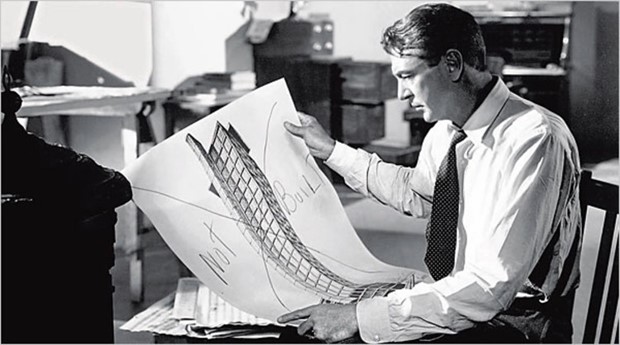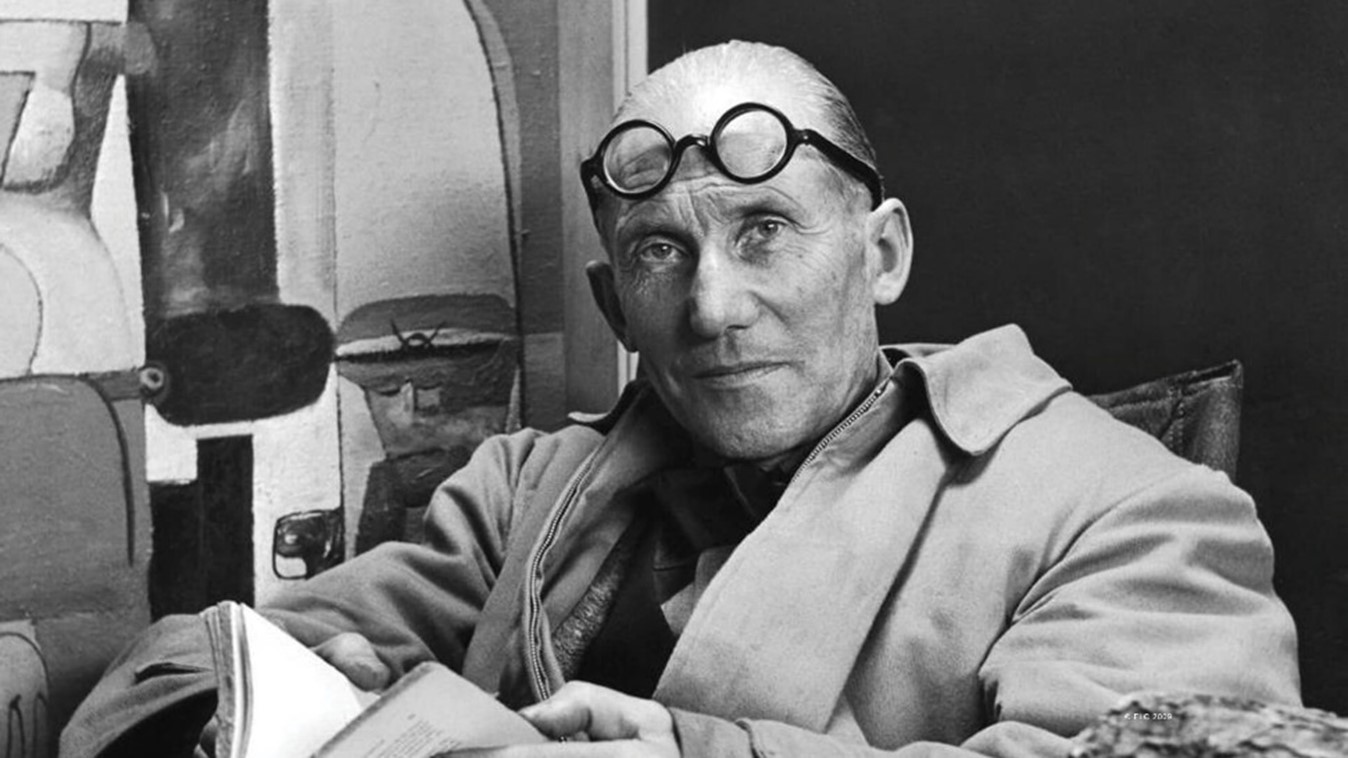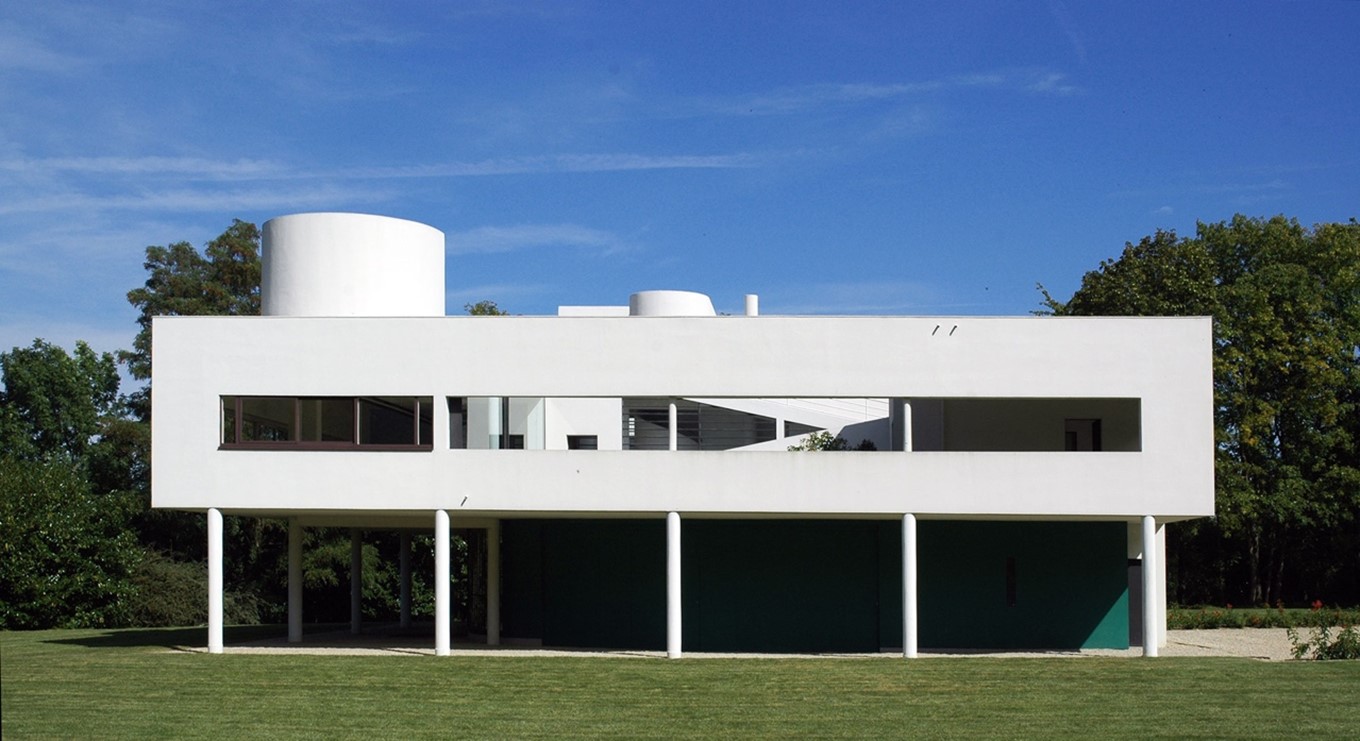4 min read
Modern Movement Marketing: Getting Under The Skin Of Architects
![]() Paul Iddon
:
19-Aug-2021 10:45:00
Paul Iddon
:
19-Aug-2021 10:45:00

A post written by architect and friend of Insynth, Paul Iddon ARB RIBA
Getting under the skin of your architect audience and understanding their motivations.
Ask any architect about the concept of ‘context’ and they will happily talk about geographical location, latitude, site layout, orientation, topography, natural features, access and adjoining buildings, to name but a few.
They may also mention ‘cultural context’, although this can be quite a tricky idea nowadays. For many people, the domination of modern, clean-lined buildings in cities that may date back to the middle ages can be disorienting and perplexing.
The dominant architectural language you see everywhere is based on an idea that emerged in the first decades of the 20th century. Modernism, or more specifically, The Modern Movement, was a ‘paradigm busting idea’, driven by the industrialisation of manufacturing and construction in the new ‘machine age’.
It has shaped our civilisation ever since. The iconic work of European architects such as Adolph Loos, Le Corbusier and Ludwig Mies Van der Rohe was also a reaction against the strict rules of classical architecture and ornament that had dominated most cities.
In the USA, it was driven significantly by influential figures such as Chicago based architect Louis Sullivan (inventor of the skyscraper), and his gifted pupil Frank Lloyd Wright. This relationship is retold in fictional form in the 1949 movie ‘The Fountainhead’ starring Gary Cooper and Patricia Neal, based on the novel of the same name by Ayn Rand.
It is worth watching for probably the best portrayal of the ‘heroic’ architect determined to stick to his Modernist philosophy no matter the personal cost, albeit with some hilarious dialogue by today’s standards.
 Gary Cooper as architect Howard Roarke being denied his visionary skyscraper in ‘The Fountainhead’ 1949
Gary Cooper as architect Howard Roarke being denied his visionary skyscraper in ‘The Fountainhead’ 1949
In the real world, iconic examples would probably be the work of the ‘Father of the Modern Movement’, the Swiss-born architect Charles-Édouard Jeanneret, best known as ‘Le Corbusier’. He famously stated ‘A house is a machine for living in’. Not many would agree with this today, of course.

Charles-Édouard Jeanneret - ‘Le Corbusier’
Familiarity with countless millions of similarly designed buildings across the globe makes it is difficult to grasp how truly revolutionary it was at that time. It is astonishing that his 1931 Villa Savoye in Poissy, Paris still looks as if it could have been built yesterday, aptly demonstrating the immense power and persistence of the Modern Movement’s ideas.

Villa savoye by Le Corbusier 1931 Poissy, Paris, France
The philosophy is dismissive of decoration, ornament or many of the organic motifs seen in one of its famous predecessors, Art Nouveau. In some ways is becoming at odds with more natural, ecologically driven trends today.
It tends to drive architects in a similar direction and has been often referred to as being not unlike a belief system. Apart from a brief dalliance with the Post-Modernist style of the 1980’, this singular philosophy has often resulted in the architect being seen as aloof, remote and intellectually driven. Striving for such perfection can cause conflict with clients and contractors alike and, in some cases, has led in to the architect being seen as profligate with the client’s budget.
In another post, I will speculate on the possibility that this perception may in no small part, be due to the nature of personality types that are ‘selected for’, and ‘shaped by’ architect training.
Modern Movement ideas are still the cornerstone of architect education and training throughout the world, especially in western cultures. Its hallmarks of simplicity, purity, clean lines and broad sweeps of glass, neatly summed up in the famous words of Ludwig Mies van der Rohe ‘God is in the details’. This has an important lesson for communication targeting architects.
Marketing To Architects
Architects are, like the rest of us, emotional beings and understanding this philosophical background can be useful in driving marketing and sales strategy. But in my experience it is often misunderstood or even disregarded. Most marketing does not seem to take the architect’s world into account and often puts them in the same category as the rest of the supply chain. Architects are not like the other constructional professionals. They are driven by different motivations, profound ideas and a design ethos.
This means that they can be significantly inspired by the work of their peers. Also iconic greats such as Zaha Hadid, Foster and Partners and others at the top of the ‘architectural competence hierarchy’.
Architects can be passionate but are generally more constrained in their everyday life. They can appear cynical, but in reality, are not. No one could get through such a long, difficult training with such a corrosive mindset. They are often just trying to do good work and make the world a better place. They can also be surprisingly emotional about their work, but it’s seldom expressed in the constraints of the construction world.
To appeal to this most particular of target audiences, marketing should be idea driven, inspirational and useful. It should present products in a practical but beautifully composed manner, having an eye to the emotional.
Conclusion
Remember the architect’s dictum, ‘Less is more’, but communication with this audience needs to still inspire and suggest solutions. This can be challenging.
Architects take much of their inspiration from other architect’s work and case study based marketing is a key driver in successful specification. But they also prefer to use what they know, and specify by habit. This is often because they generally haven’t the time or inclination to reinvent the wheel. They use what they trust and like.
So be like the Modernists in communicating with this unique audience, and to paraphrase the words of Einstein, ‘Everything should be as simple as possible, but no simpler.’
Paul Iddon ARB RIBA
About Insynth
At Insynth we deliver a predictable flow of leads, customers, and specifications for building product brands through our inbound marketing approach, proven to reach a technically demanding audience.
We use the latest marketing techniques such as construction inbound marketing, to equip building product companies to grow sustainability in this era of digital transformation.
As the only HubSpot certified agency to major in construction marketing. We have a proven formula of bringing a variety of functionalities together including CRM Implementation, Web Design, Sales Automation, SEO, and Email Marketing to achieve your ultimate aim: Growing your business and gaining new specifiers and customers.
Book A Free Consultation Today


